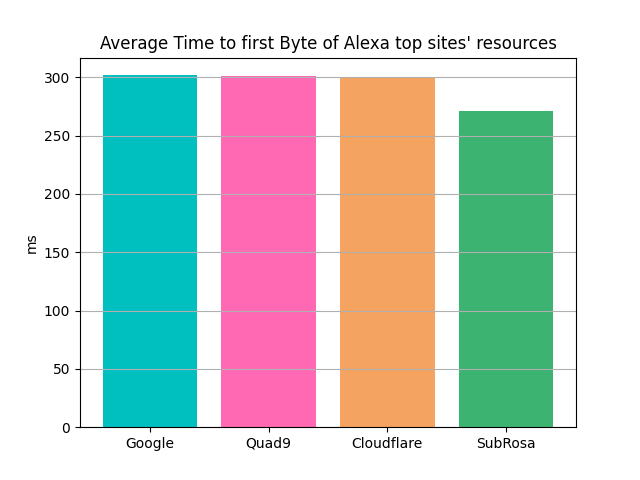Trends towards DNS Centralization:
Public DNS became available in 2009 promising better performance and higher reliability. Ever since then there has been an increasing trend towards shift from ISP DNS to these popular few public DNS providers leading to DNS centralization.
According to an IMC’20 paper, “4 out of a total of 10K DNS providers critically serve 50% of the top-100K websites” [1].
Furthermore, DNS over HTTPs (DoH) and DNS over TLS (DoT) are latest DNS variants of secure centralized DNS which have gained a lot of traction.
However, while offering valuable features, these DNS variants are supported by a handful of providers, strengthening a problematic trend towards DNS centralization.
Potential Problems of DNS Centralization:
- Single Point of failure (e.g Cloudflare outage July 2020)
- Worse web Quality of Metrics(QoE)
- Privacy of user at stake
- Increased risk of captive market
- Easier target for court order to release data in bulk
- Prone to attacks such as DDoS e.g Dyn DDoS Attack 2016, Amazon Route 53 DDoS Attack 2019
- Censorship
We present Sub-Rosa, an end-user DNS resolver which addresses the problem of DNS centralization by empowering the users!
Why Sub-Rosa?
The Latin phrase sub rosa means “under the rose”, and is used in English to denote secrecy or confidentiality. The rose as a symbol of secrecy has an ancient history.
Features provided by Sub-Rosa:
- Market driven end user solution
- Returns power to clients by running on clients
- Shards requests to different popular DNS providers such as Cloudflare,Google, Quad9 etc for resilience and privacy
- Runs resolution races between different DNS providers to improve privacy and performance
- Changes the resolution process with the client-run resolver (SubRosa) querying the Content Delivery Network directly, for better web QoE
The bar graph shows how Sub-Rosa improves time to first byte (ttfb) on average for resources of Alexa top 50 sites in India, compared to other popular public DNS providers.

(A high-level description of Sub-Rosa’s motivation, approach and system)
For the Technical Crowd
Details on what we do and we can refer to DoH papers and namehelp IMC paper
For more details, please see the overview and technical report below.
People
- Fabian E. Bustamante, Faculty PI
- Rashna Kumar
- Shucheng “Alex” Liu
Publications and Related Links
- [1] Kashaf, Aqsa, et al. “Analyzing Third Party Service Dependencies in Modern Web Services.” Proceedings of the ACM Internet Measurement Conference, 2020, doi:10.1145/3419394.3423664.
- John P. Rula John S. Otto, Mario A. Sánchez and Fabián E. Bustamante.2012. Content Delivery and the Natural Evolution of DNS: Remote DNSTrends, Performance Issues and Alternative Solutions. InIn Proceedingsof the 2012 Internet Mea- surement Conference (IMC).1–14.
- RFC for DoH
Resources
- Disclaimer: By downloading and installing this plugin, you agree to the terms of this disclaimer.
- License: This software is released under the GPL. The source code can be found in the jar.
- NEWS Forum (for help and discussion)
- Changelog
- Vuze (formerly Azureus) client
- BitTorrent site
FAQ
